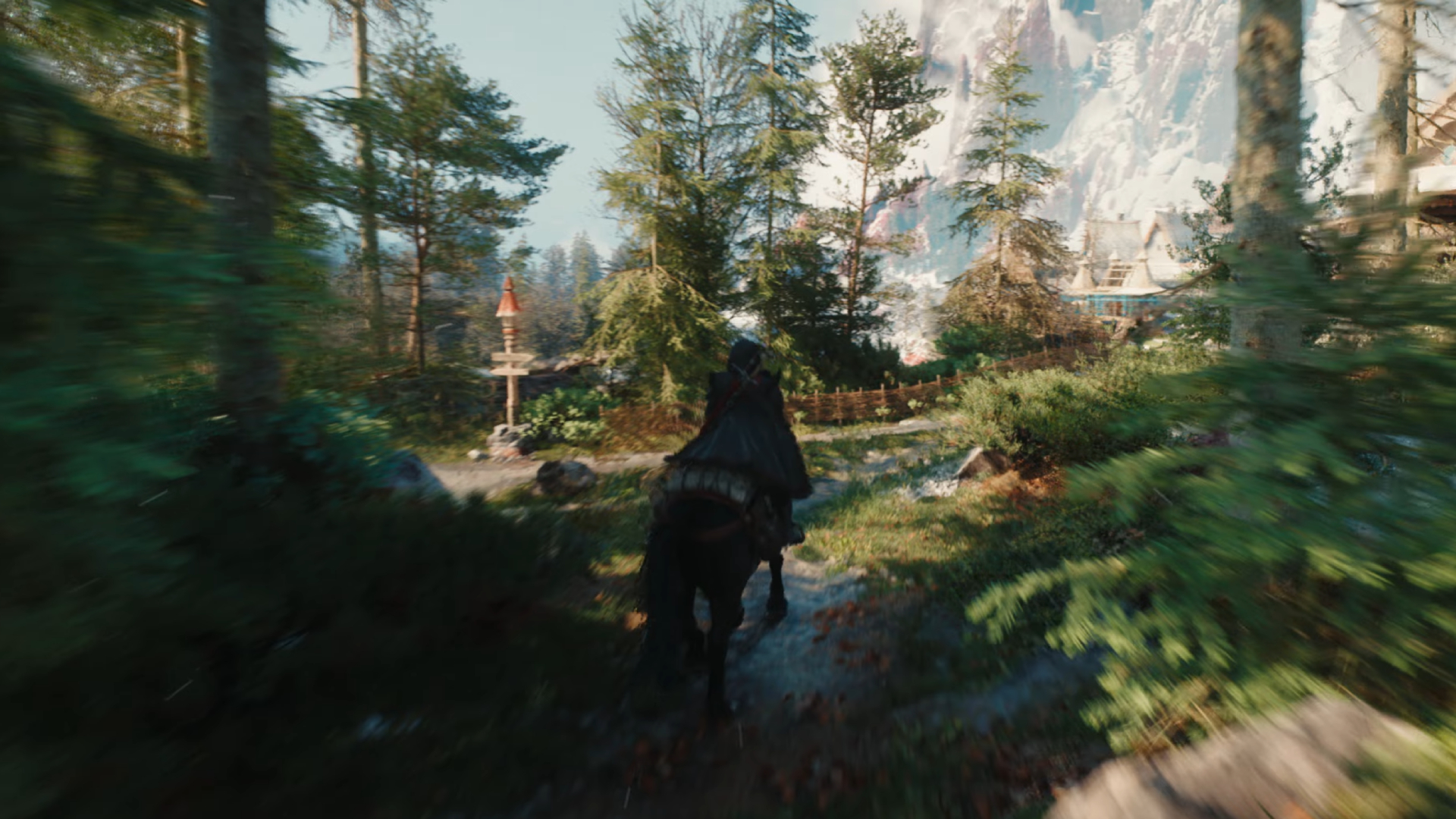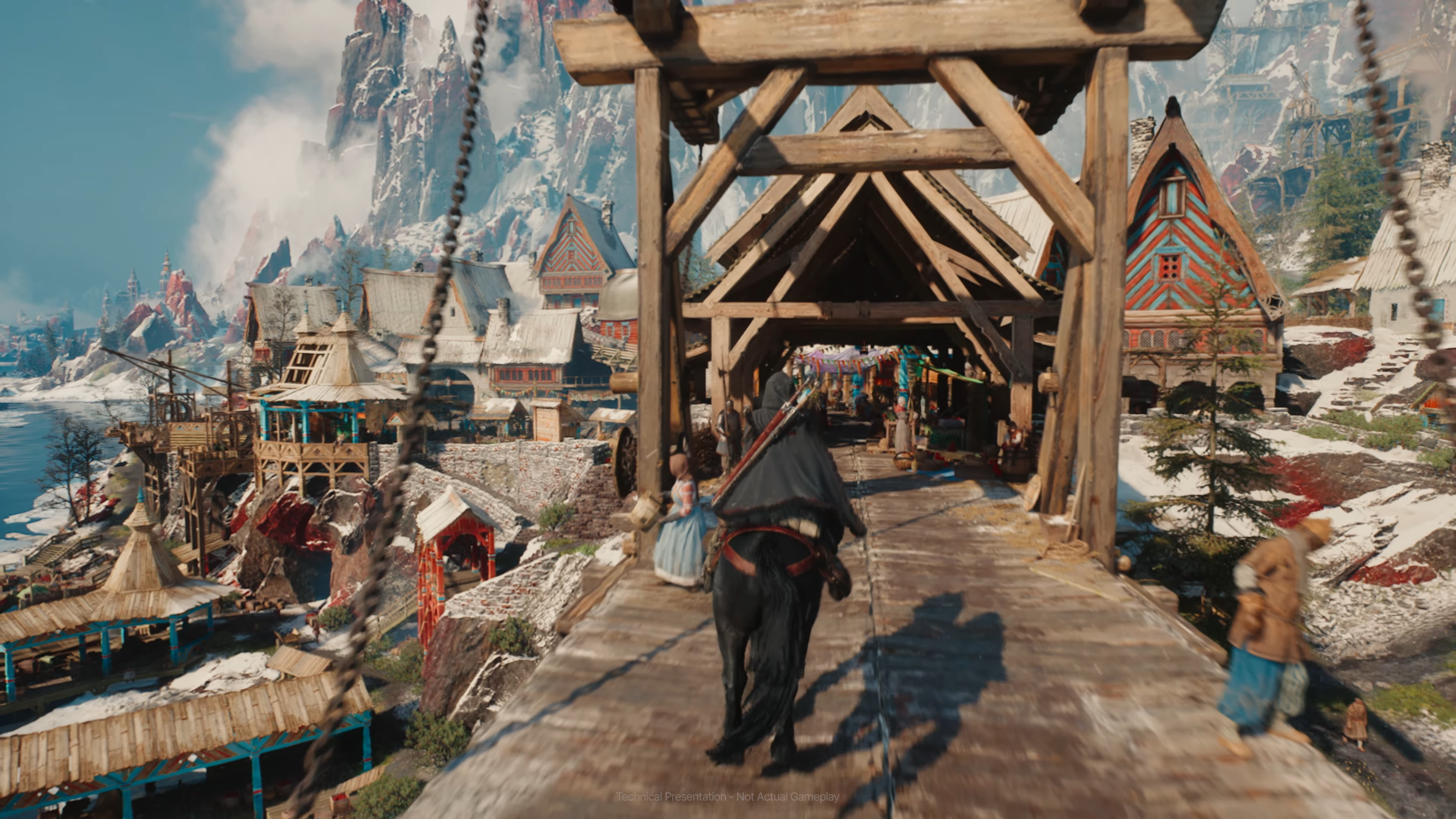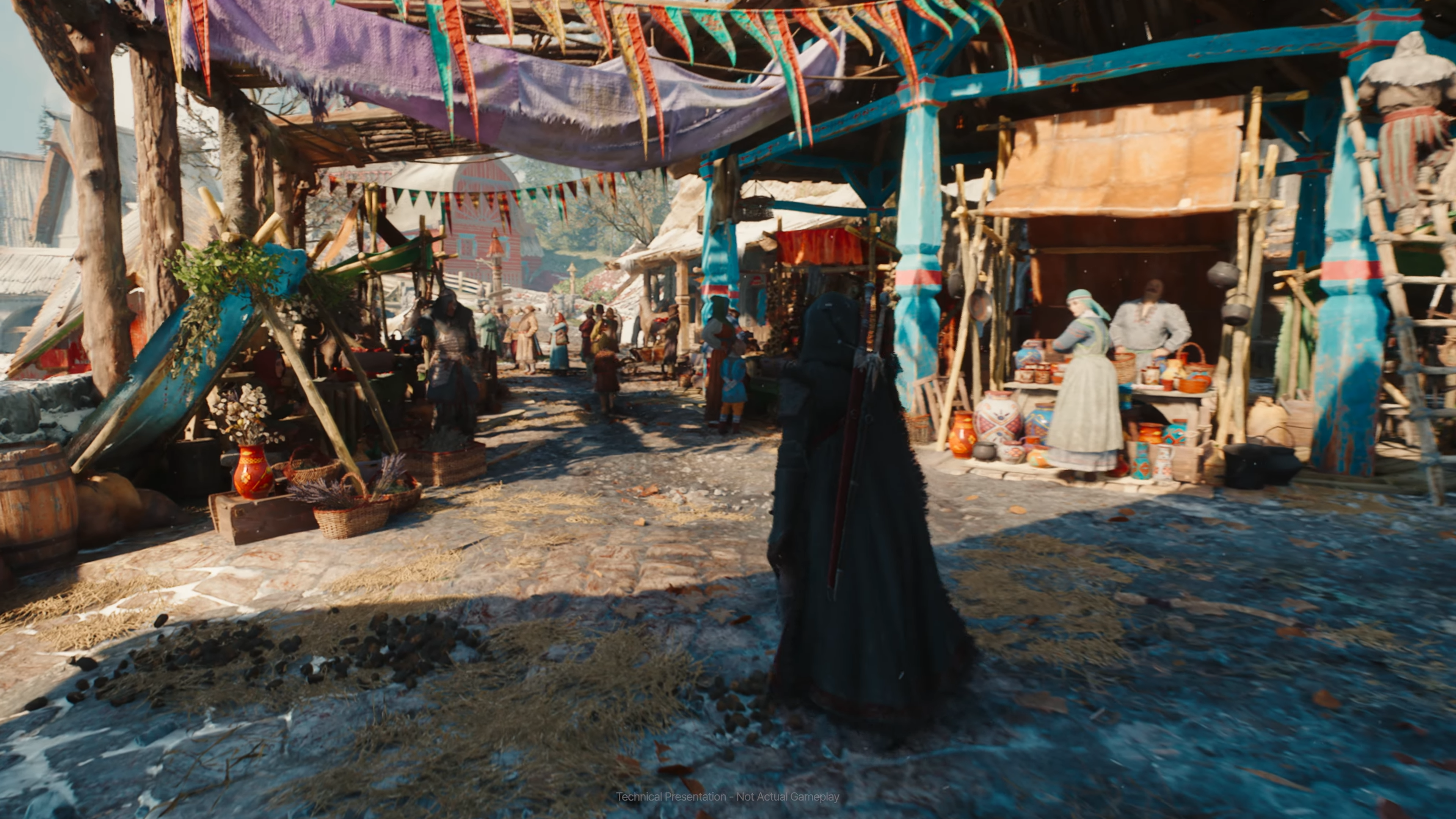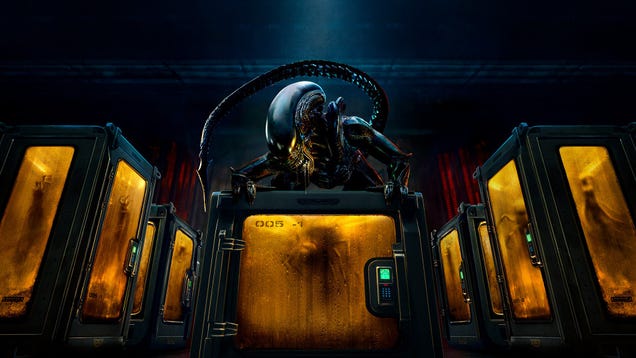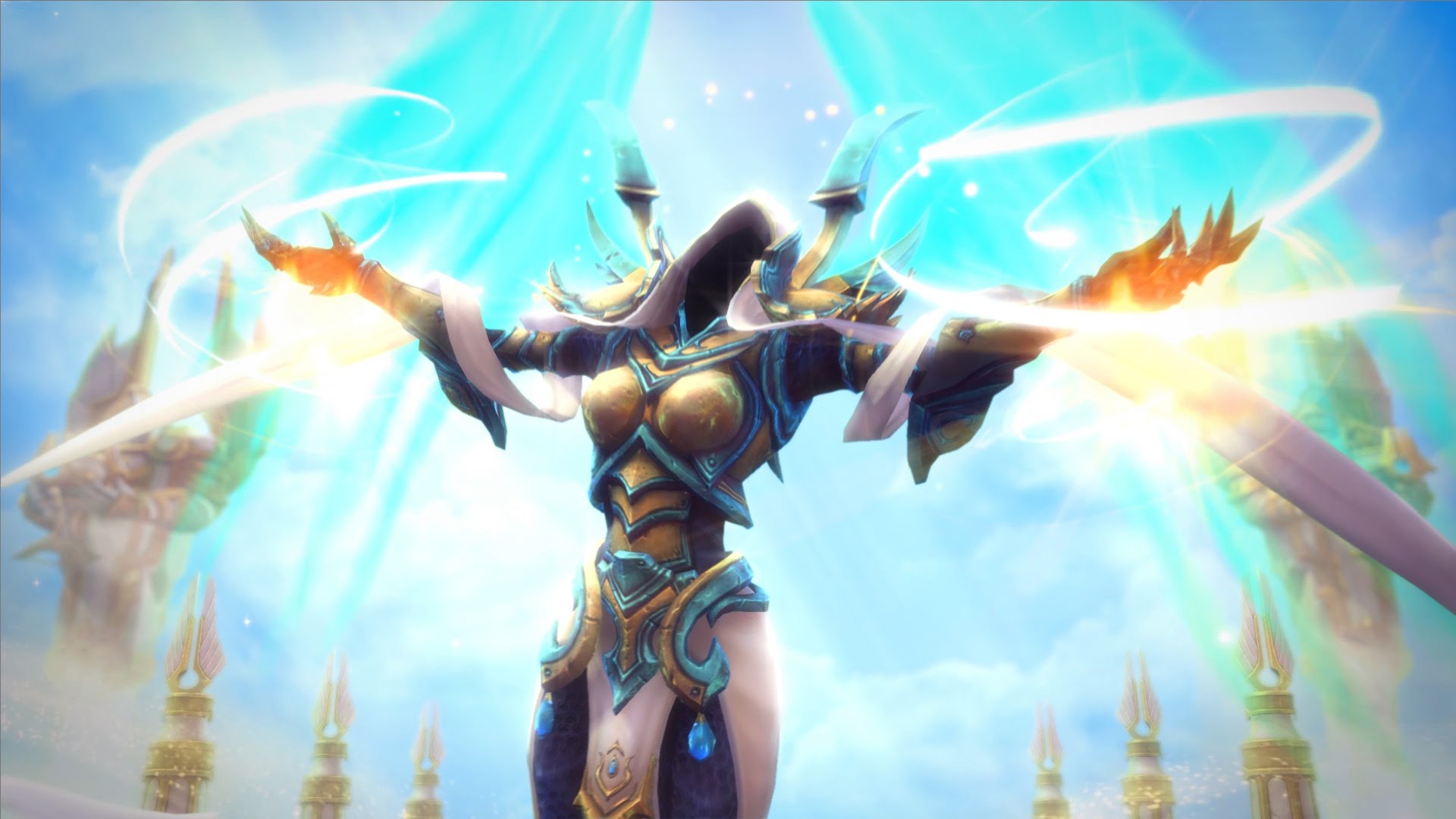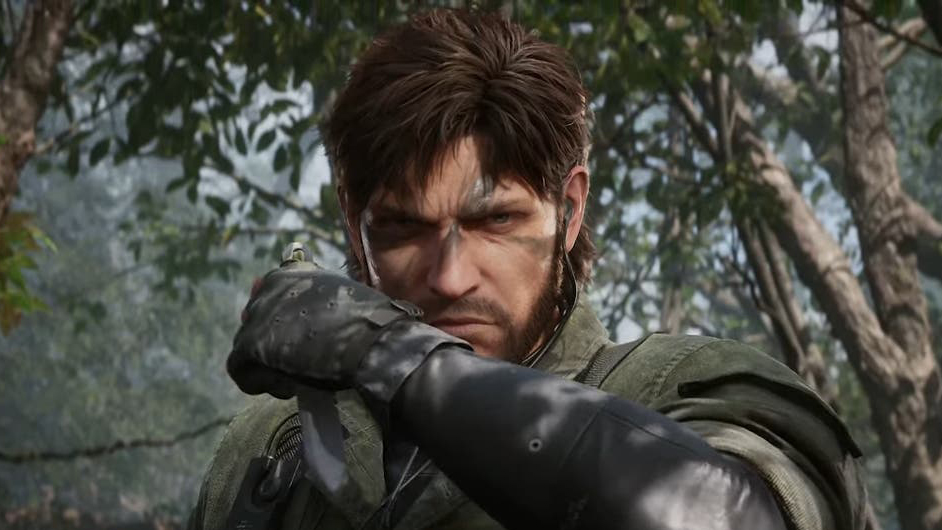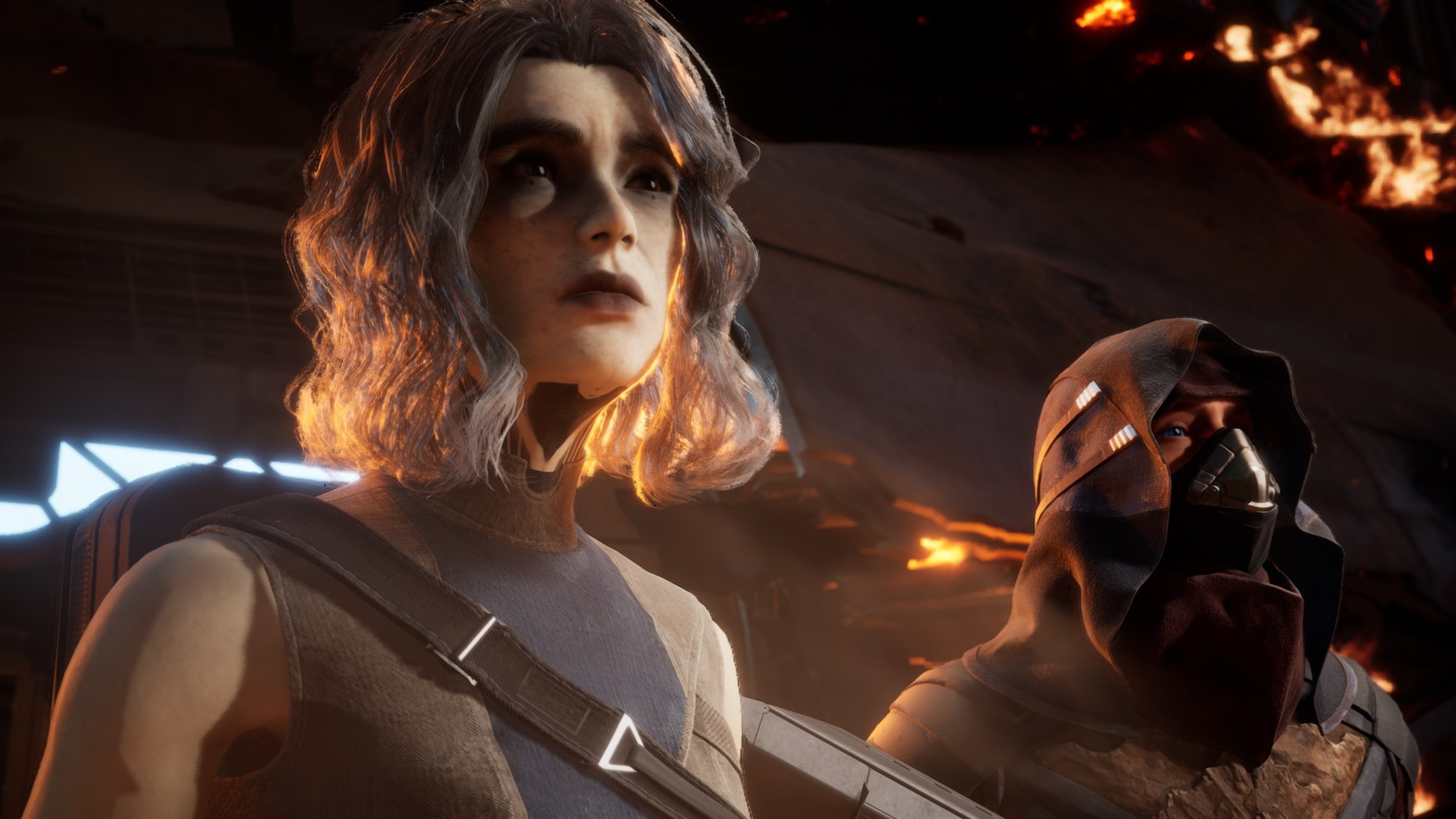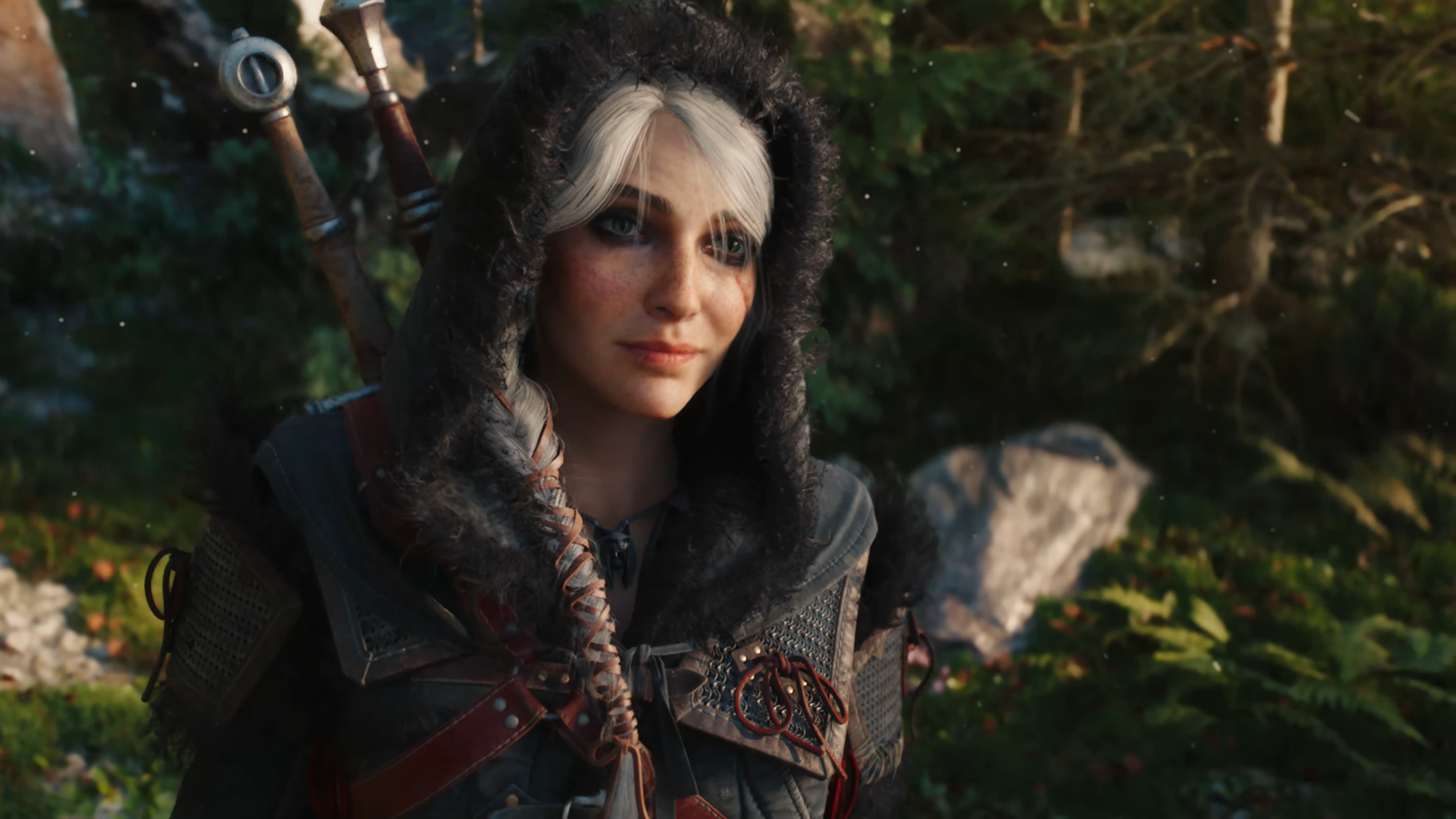
Thank god, they're making open worlds with character again.
Earlier today, CD Projekt Red presented a Witcher 4 tech demo at Epic’s State of Unreal event, showing off a first look at what the Ciri-centric sequel might look like in motion. And to set aside my professional remove for a moment, I’ll confess that the demo got me. Against my better judgment, I was hyped.
I’d almost forgotten the feeling. For a few minutes, the early glimpse of Witcher 4 felt like the E3 conference reveals of my youth.
It wasn’t the graphics tech itself that excited me. I won’t deny that I was impressed by the CDPR’s advancements in simulated horse meat—horse realism is about the only form of videogame realism I’m invested in. Otherwise, I think the drive for graphical realism is a doomed pursuit, contributing to ever-increasing budgets that provoke ever-increasing layoffs when publishers don’t see suitably infinite profits.
On a technical level, The Witcher 4 looks prettier, as big budget open world games inevitably do. Starfield’s graphics tech was better than Skyrim’s. Assassin’s Creed Shadows has more polygons than Valhalla. But what’s the value of fidelity independent of art direction? If an open world’s character isn’t getting the same investment as its graphics tech, how interesting can it be?
Considering how little of them I’ve been compelled to play over the last decade, the answer—for me—seems like “not terribly.”
That’s why, as CDPR sent Ciri through the Kovirian woodland, the first thing that sent me into sicko mode wasn’t the individual pine needles of Nanite foliage or the speed of asset streaming. It was this nasty little signpost.
Look at that thing. What a charming little piece of culture. Where CDPR would’ve been well within its rights to slap down a generic wooden pole with signs pointing at nearby landmarks, it took the opportunity to start using shapes, colors, and materials to begin establishing a regional texture to Kovir.
And as Ciri rides into the port town of Valdrest? Man. That’s a place.
Videogame fantasy is often imagined as a generic pastiche of dingy ideas of medieval society. Valdrest is colorful, and more importantly, it feels regional: wooden beams of market pavilions are painted with striking cerulean with rusty red accents. Those same colors alternate on the boards of nearby homes. They’re echoed in the geometric designs of the pottery on sale in trader stalls.
Headwear and armor feels distinctly Slavic—though there are noticeable distinctions between what’s worn by human troops walking the streets and a handful of armored dwarves lingering in the marketplace. There are characters with visible disabilities. There are noticeable differences in class and station.
CDPR seemed invested in Valdrest feeling like a place with its own context and character.
And yes, it looks good. The textures are lovely. The lighting evokes that combination of warmth and chill of a sunny winter day. When CDPR packs the town square with NPC circusgoers, it’s impressive that the PS5 running the tech demo doesn’t lurch with the effort. I’m looking at the fidelity meters and they’re all reading high. Technology is happening.
Ten years from now, though, I’m not going to remember how crowded the square is. But I might remember the variety of garb the villagers are wearing. I might remember the poor bastard in the sackcloth hood who only has time to glance over at the performers while he carts an ale keg, or how I tried to decide whether the longer cut of a dwarf onlooker’s tunic was unique in the crowd. I might remember how CDPR seemed invested in Valdrest feeling like a place with its own context and character.
As a comparison, I checked back in on Starfield’s first gameplay reveal from 2022 to see how much had stuck with me, figuring that it’d be useful to contrast CDPR’s showing with the work of another of the industry’s open world watermarks. All I could remember from the first look at Starfield was a bit of gun gameplay on a barren alien planet. While revisiting the video, I was surprised to find I’d forgotten that Bethesda had shown gameplay of the capital city of New Atlantis. And Akila City. And whatever the name of that planet was with the drugs they make from space fish.
Through that rewatch, the reasons became clear. The locations shown all shared a washed out, low-saturation color palette. They were intercut with shots of industrial hallways that—if you squint—would fit right at home in a Fallout vault. The NPCs dressed in, interacted with, and prepared to pilot clothes, objects, and vessels that all skewed towards a nonspecific “space stuff” aesthetic. (They called it “NASA-punk” but the “punk” part is pretty debatable.)
As someone who destroyed my first year at college with too many hundreds of hours of Skyrim, it would have been unthinkable to a younger me that I’d end up thinking of a Bethesda game as forgettable. But Starfield felt like a symptom of an industry that, even with all the production budget it could muster, was forgetting how to make an open world with its own identity.
It’s nice to see it can remember.

